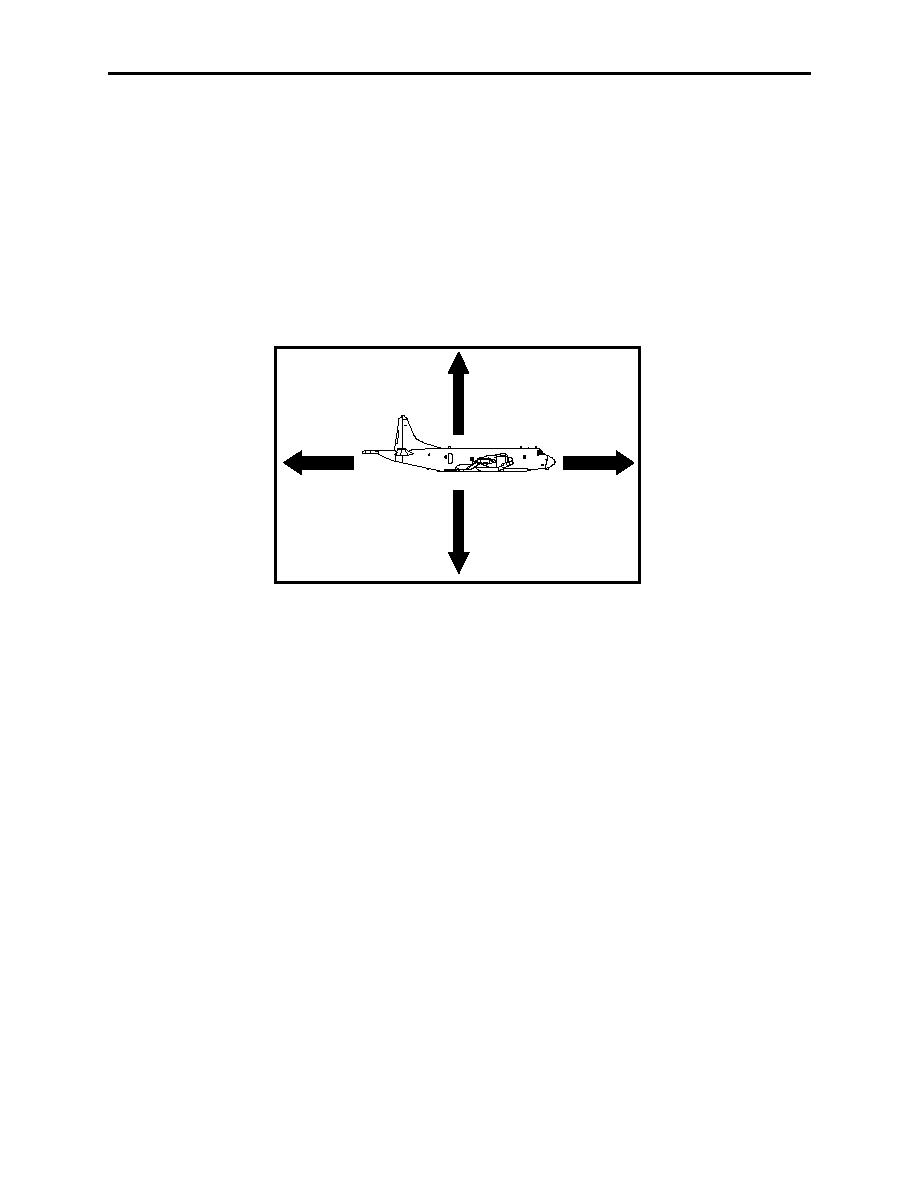 |
|||
|
|
|||
|
Page Title:
Figure 5-10. Cumulative Effects of Icing |
|
||
| ||||||||||
|
|  AVIATION WEATHER
CHAPTER FIVE
airfoil. Ice thickness is not the only factor determining the effect of icing. Location, roughness,
and shape are important, too. For example, a half-inch high ridge of ice on the upper surface of
the airfoil at 4% chord reduces maximum lift by over 50%. Yet, the same ridge of ice at 50%
chord decreases maximum lift by only 15%. On another airfoil, a distributed sandpaper-like
roughness on the leading edge of the wing may decrease lift by 35%. Along with this decrease
in lift, it is obvious parasite drag will significantly increase. The buildup of ice on various
structural parts of the aircraft can result in vibration, causing added stress to those parts. This is
especially true in the case of propellers and rotors, which are delicately balanced. Even a small
amount of ice, if not distributed evenly, can cause great stress on the propeller and engine
mounts.
STALL SPEED
INCREASES
DRAG & FUEL
LIFT
CONSUMPTION
DECREASES
INCREASE
THRUST & RANGE
WEIGHT
DECREASE
INCREASES
Figure 5-10 Cumulative Effects of Icing
Icing is not restricted to airfoils and other external structure. Engines, fuel, and instruments may
also be affected by ice formation.
Ice associated with freezing rain or drizzle can accumulate beyond the limits of an ice protection
system. If you encounter any type of freezing rain or drizzle, the best course of action is to leave
the area.
Structural icing can block the pitot tube (Figure 5-11) and static ports. This can cause a pilot to
either lose or receive erroneous indications from various instruments such as the airspeed
indicator, VSI, and altimeter. For example, if the pitot tube becomes blocked with ice, the "total
pressure" input to the system remains constant. Therefore, during a descent, as the "static
pressure" input to the system increases, the airspeed indicator gives an erroneous indication of
decreasing airspeed. The opposite would be true during a climb.
Weather Hazards of Turbulence, Icing, Ceilings, Visibility, and Ash Clouds
5-15
|
|
Privacy Statement - Press Release - Copyright Information. - Contact Us |